Triceratops Dig Week 2: June 20 - June 27

@ROMPalaeo Triceratops Dig Week 2: June 20-June 27
After getting the site dried out, and the mapping grid set up over our quarrying area, we settled down and started to dig. The weather improved significantly for the rest of our time in South Dakota, so we had ten straight days of uncovering fossil bones. Our first order of business was to completely uncover the bones that had been previously exposed. We were delighted to find several skull bones quickly, including part of the iconic neck shield, or frill, and an almost complete dentary that is almost 2/3 of a meter long. There were also some ribs and vertebrae that we quickly exposed.
Getting the skull bones out was our highest priority. They were the first bones we mapped, and then started the process of removing them for transport back to the museum. First we trench around the outside of the bone in order to define a block of rock that contains the fossil. We then dig this trench deeper, and undercut the block so that we can put a plaster and burlap cast, or field jacket over the bone. A separator layer is then applied, in order to keep the plaster from invading the cracks in the fossil’s surface, and then the wet, plaster soaked burlap bandages are applied around the block of rock containing the fossil. This cures for several hours, leaving a white plaster mushroom with the fossil safely trapped inside. The pedestal, or ‘stalk’, of the mushroom is broken with chisels, and the jacket is flipped over, hopefully with the entire fossil inside. A final layer of plaster bandages is applied to the open top of the jacket, sealing the fossil bone in a complete, hard shell for transport back to the lab. Derek Larson and I removed the jaw bone and the frill bones within the first few days of digging- a great start after the terrible rains.
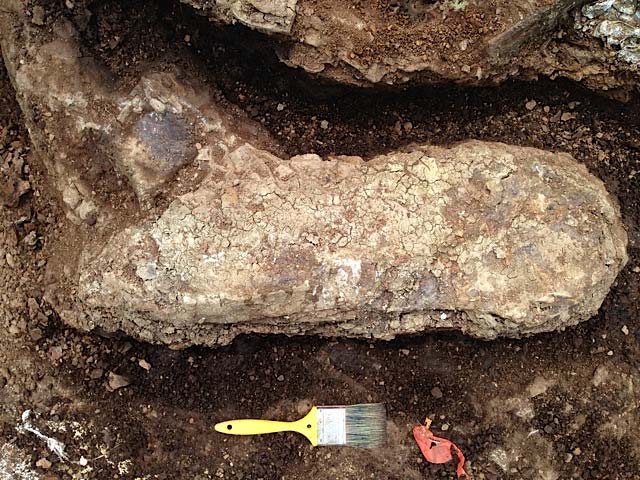
Figure 2. Triceratops lower jaw being trenched prior to plastering.
In addition to excavation, we also spent time prospecting, or looking for other fossil sites, in the area. There was not much exposure of the Hell Creek rocks, but we did manage to locate some interesting microsites that contain small bones and teeth of many different animals that presumably lived in the same ecosystem. Danielle found the best microsite in the first week. It contained numerous fossils, including a tooth of Triceratops, part of an ostrich dinosaur tail vertebrae, a tooth and some scutes of an ancient crocodile, a vertebra of a large fish called Melvius, and pieces turtle shell belonging to several different species.
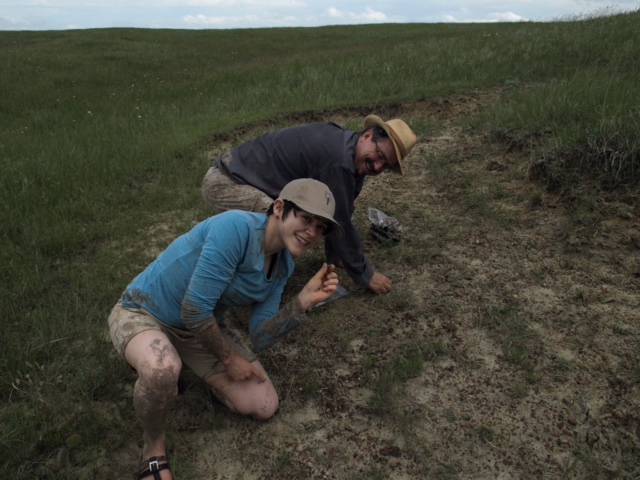
Figure 3. Dr. Kevin Semour and Danielle Dufault scour a newly found microsite.
Work uncovering the Triceratops bones progressed well through the week, but with challenges. Although the rained had stopped, the ground was so heavy with water from the wettest year in South Dakota in decades, water constantly seeped into our quarry. We therefore had a ritual every morning and each day after lunch--bailing water from our quarry. Muddy clothes aside, the damp conditions actually made the clay-rock easy to remove with just pocket knives. In one day, Mateus Wosik discovered seven ribs in the east end of the quarry, and the next day, he removed six of them in skinny plaster jackets.
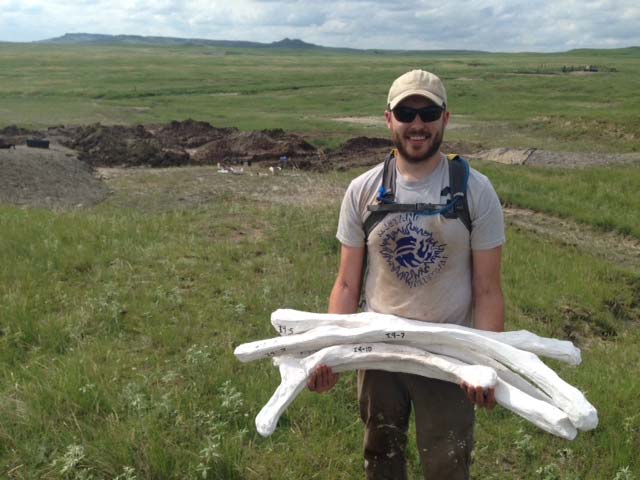
Figure 4. Mateus Wosik with an arm-load of freshly excavated Triceratops ribs.
We also got lucky in uncovering two ischia, or bones of the pelvis--one of them relatively complete; the other, found by Danielle, was broken before it became a fossil. The bones were the same size, and from opposite sides of the body, so they may belong to the same individual Triceratops.
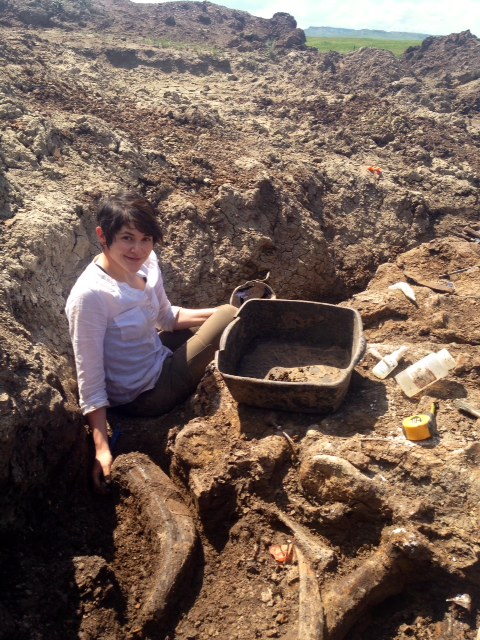
Figure 5. Danielle Dufault with the Triceratops pelvis bone (ischium) that she found in the quarry.
By the end of the week, we had uncovered a lot of Triceratops bones, including a number of vertebrae and ribs, some pelvis bones, a massive shoulder blade, and even some skull bones. Not bad for a week’s worth of work.
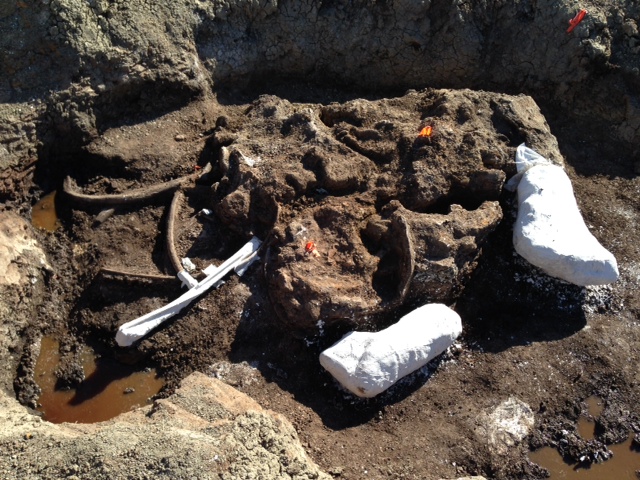
Figure 6. Progress in the Triceratops quarry, with parts of the frill (right), lower jaw (middle), and rib (left) in plaster field jackets.
